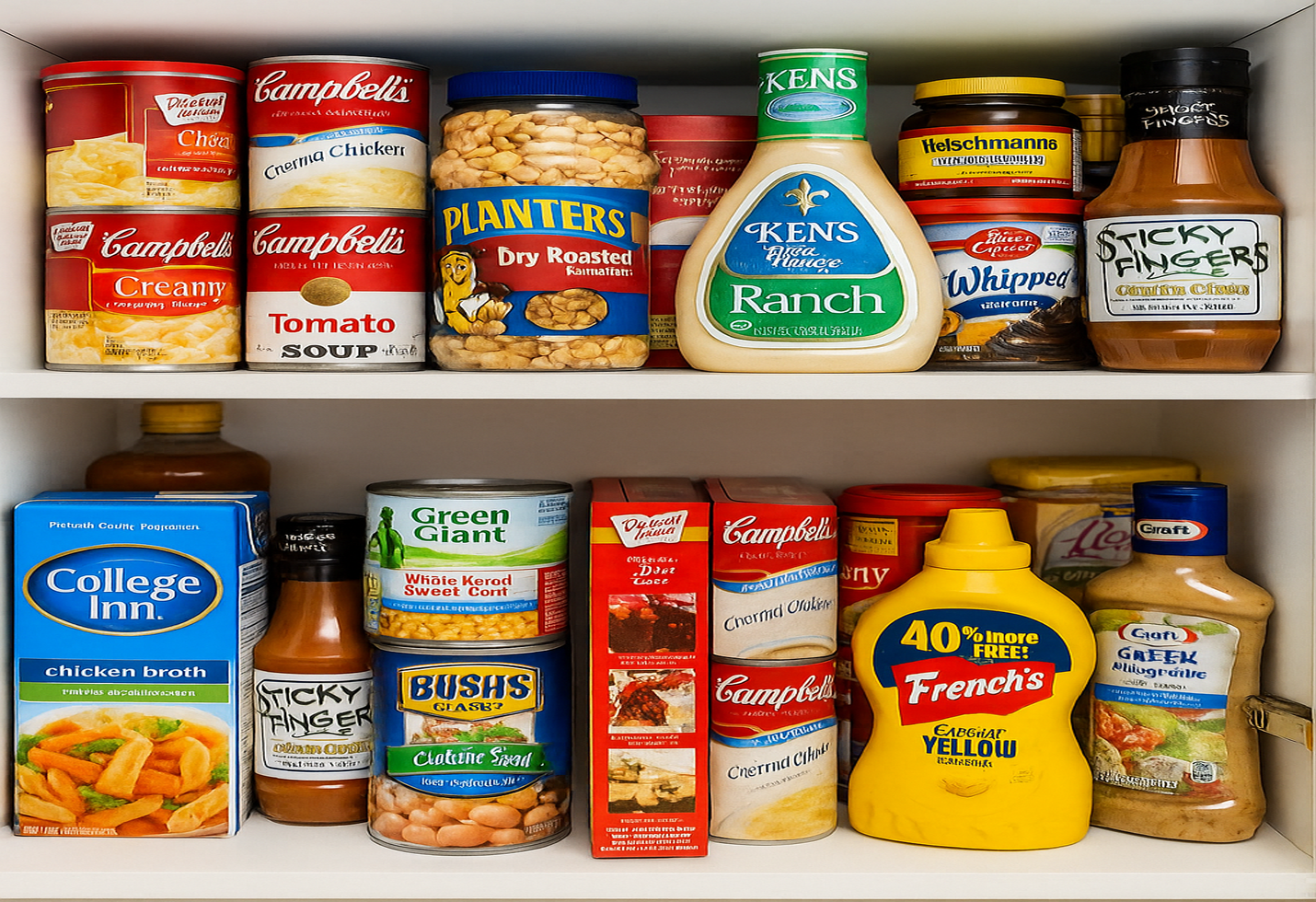Borosil Announces 120% Q4 Profit Surge and ₹250 Crore Fundraising Initiative!
Borosil Ltd. posted a stellar fourth-quarter performance, with net profit doubling YoY, driven by operational efficiency and strategic capital restructuring. The company is also planning to raise ₹250 crore for future expansion.
Summary:
In Q4 FY25, Borosil Ltd. reported a 120% YoY increase in standalone net profit to ₹11.1 crore and a 15.8% rise in revenue to ₹270.2 crore. EBITDA grew by 56.5%, showcasing improved cost controls. The board approved plans to raise ₹250 crore via various capital instruments, reflecting strategic ambition and market confidence.
Quarterly Performance Overview: A Profit-Heavy Comeback
Borosil Limited has reported impressive standalone financial results for the quarter and year ending March 31, 2025. The company clocked a 120% year-on-year increase in standalone net profit, reaching ₹11.14 crore in Q4 FY25 compared to ₹5.08 crore in Q4 FY24. This growth is particularly commendable given the consumer ware segment’s moderate revenue base and operational challenges.
However, quarterly net profit declined from ₹35.47 crore in Q3 FY25, mainly due to seasonal factors and lower other income. Nonetheless, revenue from operations stood at ₹270.18 crore in Q4, up 15.8% from ₹233.44 crore in the same period last year, indicating sustained demand and better product mix.
Annual Results Snapshot: Growth Across Key Metrics
In the full fiscal year FY25, the company achieved remarkable financial results:
– Revenue from operations reached ₹1,107.77 crore, an increase from ₹948.53 crore in FY24, marking a significant growth of 16.8%.
– The net profit for FY25 grew to ₹74.24 crore, an increase from ₹65.87 crore in FY24, representing a growth rate of 12.7%.
– EBITDA rose to ₹104.58 crore, up from ₹78.58 crore in the previous year, showcasing a strong growth of 33%. This increase was attributed to improved overhead management and benefits from economies of scale.
– The EBITDA margin rose to 9.4% in FY25, compared to 8.3% in FY24.
This solid financial performance was achieved alongside significant restructuring and capacity enhancements, demonstrating the company’s strong internal capabilities.
Key Financial Indicators (Standalone)
| Metric |
Q4 FY25 |
Q4 FY24 |
YoY Change |
| Revenue from Operations |
₹270.18 Cr |
₹233.44 Cr |
+15.8% |
| Net Profit |
₹11.14 Cr |
₹5.08 Cr |
+120% |
| EBITDA |
₹56.44 Cr |
₹36.07 Cr |
+56.5% |
| EPS (Basic & Diluted) |
₹0.93 |
₹0.44 |
– |
| Other Income |
₹2.70 Cr |
₹2.16 Cr |
+25% |
Capital Expansion and QIP Success
A significant highlight of the year was the successful Qualified Institutional Placement (QIP) completed in Q1 FY25. Borosil secured ₹150 crore by issuing 47,16,981 equity shares at a premium of ₹317 per share. The funds raised have already been allocated to repay long-term project loans, support working capital needs, and address general corporate purposes, demonstrating the company’s financial prudence and strategic planning.
Additionally, to enhance its financial flexibility, the board has approved a resolution to raise to ₹250 crore through various methods, including:
– Qualified Institutional Placement (QIP)
– Foreign Currency Convertible Bonds (FCCBs)
– Rights Issue
– Follow-on Public Offer (FPO)
This strategy aligns with the company’s broader objectives of diversifying its product range, investing in research and development, and expanding into global markets.
Balance Sheet Strength and Leverage Reduction
Borosil’s balance sheet reveals a strong position:
Total assets increased to ₹1,131.03 crore from ₹1,079.64 crore year over year. The equity base grew to ₹807.69 crore, supported by retained earnings and a Qualified Institutional Placement (QIP). Borrowings decreased from ₹15.39 crore to ₹7.77 crore (combining non-current and current liabilities), indicating a debt reduction. Net cash used for financing activities was ₹5.64 crore while operating cash flows were under pressure due to working capital requirements, inventory accumulation, and elevated tax payments.
Cash Flow Movements: Investment in Growth
Despite a negative net cash flow of ₹4.14 crore, the decline can be linked to two main factors:
– ₹97.89 crore allocated for capital expenditure aimed at modernizing the plant and expanding capacity
– ₹184.19 crore invested in new projects (after accounting for sales)
These strategic investments are anticipated to generate returns in the coming years. Additionally, the company recorded ₹13.45 crore from tenancy right transfers, listed as other income contributing to its profitability.
Operational Highlights: Driving Efficiency and Scale
The company improved its inventory management, resulting in a decrease in work-in-progress expenses. Employee expenses increased by 30% yearly, suggesting growth and new talent acquisition. Depreciation increased by 50% annually because of considerable asset investments, which are anticipated to stabilize in the upcoming quarters. Meanwhile, finance costs stayed manageable despite the capital expenditures.
Future Outlook: Strategic and Financial Resilience
The Indian glassware and consumer goods sector is expected to experience consistent growth driven by increasing urbanization, demand from the hospitality industry, and a trend towards premium products. Borosil is strategically positioned to take advantage of these developments in this context. The company intends to:
– Broaden its distribution network in Tier 2 and Tier 3 cities
– Introduce unique consumer ware products
– Invest in energy-efficient technologies at its manufacturing facilities
– Explore possible acquisition opportunities in the labware industry.
With low debt levels, a solid equity foundation, and an enhanced ability to raise capital, Borosil has the resources to scale quickly without incurring excessive financial risk.
Conclusion: Borosil’s Crystal-Clear Growth Path
Borosil Ltd’s performance in Q4 and for the entire FY25 showcases its financial strength and clear strategic direction. With net profit doubling in Q4, improving margins, and smart capital deployment, the company is poised for a stronger FY26. The ₹250 crore fundraising proposal demonstrates proactive governance and ambition. Investors and stakeholders can remain confident in Borosil’s ability to deliver consistent value in the evolving consumer and scientific ware landscape.
The image added is for representation purposes only




